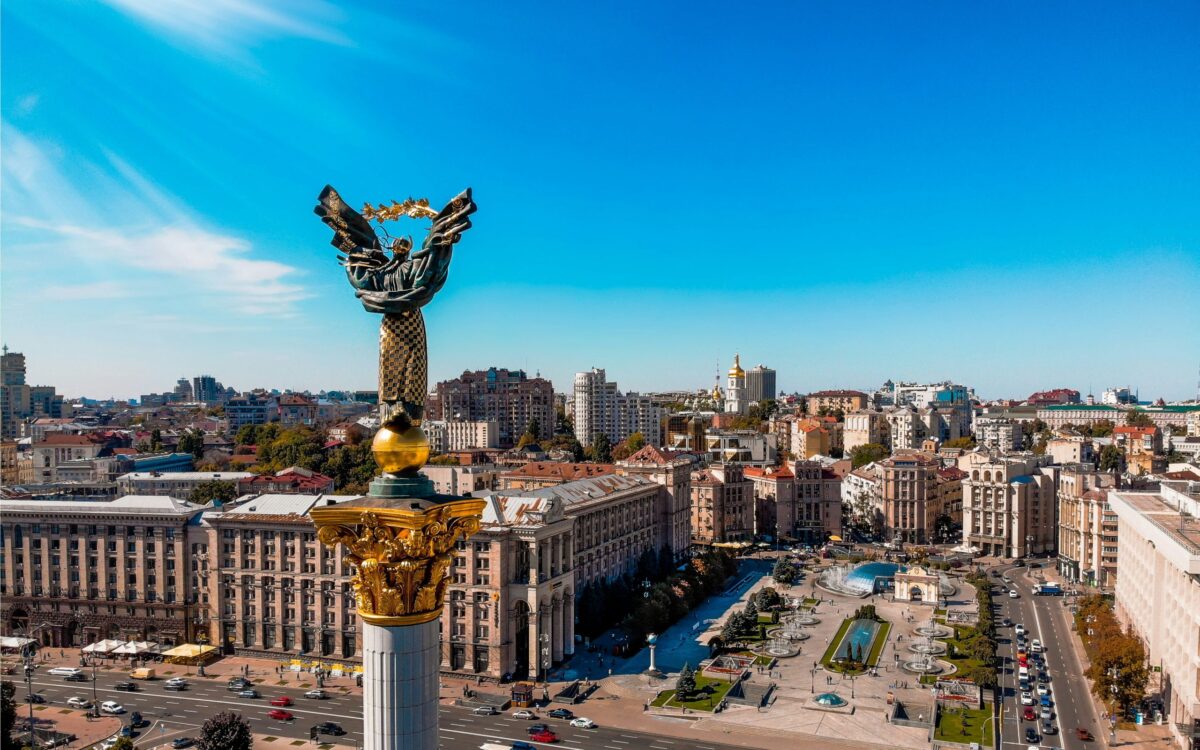A dictated peace settlement in Ukraine on terms favourable to Russia, combined with an American withdrawal from NATO member states in Eastern Europe and the de facto abolition of the US security guarantee for Europe—in place since 1945—would have severe economic consequences for EU member states in Central and Eastern Europe.
Foreign direct investment and economic growth would suffer greatly, plunging the entire region into a new era of insecurity and economic uncertainty.
These are among the key conclusions of a major look at the economic and political consequences of such a settlement by Vasily Astrov, Richard Grieveson and Olga Pindyuk of the Vienna Institute for International Economic Studies.
For Ukraine, the consequences would be nothing short of a nightmare. Reduced to a de facto vassal state of Russia, the country’s hopes for meaningful reconstruction, a prosperous economic future, EU membership and full national sovereignty would be crushed.
It is even possible that Ukraine could become some kind of ‘colony’, whose raw materials would be exploited by both Russia and the United States.
From what has been announced by Donald Trump’s administration so far, the dictated ‘peace’ deal amounts to a capitulation of Ukraine. America’s recent behaviour has been far from what one would expect from an ally and, in fact, the US looks more and more like an ally of the Kremlin.
The suggested conditions imply that the aggressor country, which has invaded Ukraine, will not only escape punishment for its crimes, but will also be rewarded with additional territory (a part of which is currently under Kyiv’s control).
Ukraine reduced to vassal status
Taking Ukraine’s possible membership in NATO off the table means that the country cannot expect any meaningful security guarantees—and will therefore be left vulnerable to future Russian attacks, which are practically guaranteed once Ukraine’s allies stop providing it with military support.
Left to its own defences, Ukraine will likely face the possibility of the Kremlin gaining political control of the country and turning it into a vassal state with a puppet government—similar to Belarus.
Furthermore, in addition to being deeply wrong in moral terms, not requiring the aggressor to pay any reparations also means that Ukraine would be deprived of desperately needed resources to invest in the reconstruction and recovery of its economy, which has been badly damaged by Russia.
An alternative option presented by Trump to Ukrainian President Volodymyr Zelensky, which would give the US ownership of 50 per cent of all the natural resources and infrastructure in Ukraine, is blatant blackmailing.
If Zelensky agrees to this, it will again mean that his country’s struggling economy will be deprived of the funds it needs in the foreseeable future, and that Ukraine will essentially be a US colony that supplies it with natural resources, especially critical raw materials.
The end of the peace dividend
The initial European response to these developments has been panic. French President Emmanual Macron organised an emergency meeting of the larger EU member states plus the UK, while a subsequent meeting involved more member states in addition to Canada and Norway.
There have been plenty of warnings (since at least the Obama administration) that the US is no longer willing to shoulder so much of Europe’s security burden on its own, but many in Europe seem to have been in denial about this, and even Western Europe’s most capable military powers are still not prepared to beef up their own capabilities.
At present, it is obvious that the European members of NATO collectively lack both the ability to act militarily without the US and the means to perform the US security role in Ukraine. What’s more, even if they did have the means, it is not clear that there is the political will and public support to do so. In the end, the EU and the UK will probably have to accept whatever the Americans and Russians decide regarding Ukraine.
If a dictated peace were to be imposed on Ukraine, the most obvious economic implication for the rest of Europe would presumably be less eagerness among foreign investors to invest in Central and South Eastern Europe. NATO membership and the watertight American security guarantee has been a (and perhaps the) central underpinning of the FDI-led growth model in the region over the past 30 years. Although the US has not said unambiguously that Article 5 is dead, members of the Trump administration have made statements that could be interpreted as implying it.
A second implication is that the new US position will intensify the end of the peace dividend. Since the end of the Cold War, NATO members in Europe have enjoyed a (effectively US-financed) peace dividend. They let their armed forces dwindle and used the extra money to fund their welfare states.
This has changed, as countries are now racing to increase defence spending relative to GDP. Both Poland and Estonia now spend more on their defence as a share of GDP than the US, a striking change since 2014.
Although this could foster the expansion of the European arms industry over time, with positive spill-overs (such as innovation) to the rest of the economy, for now it means a squeeze on other areas of spending.
Bleak prospects
Nevertheless, whether or not such a dictated peace will really happen anytime soon is very much an open question.
One factor is that Russia will almost certainly insist on receiving a lot more Ukrainian territory than it currently controls. Although Russia formally annexed four Ukrainian regions—Luhansk, Donetsk, Kherson and Zaporizhzhia—back in 2022, in reality, it only controls the latter three to a partial extent.
This particularly applies to Zaporizhzhia and Kherson, whose capital cities are not controlled by Russia.
The fact that the Russian army has been slowly but steadily advancing westwards in recent months makes capturing the entire territory of these four regions—and potentially more—by military means potentially feasible.
Russia feels that it is winning and that time is on its side, which may reduce its incentives to agree to a ceasefire, let alone a peace deal, with the US.
However, any rapprochement between the United States and Russia would only present bleak prospects for Ukraine and Europe.
Photo by Glib Albovsky on Unsplash.







